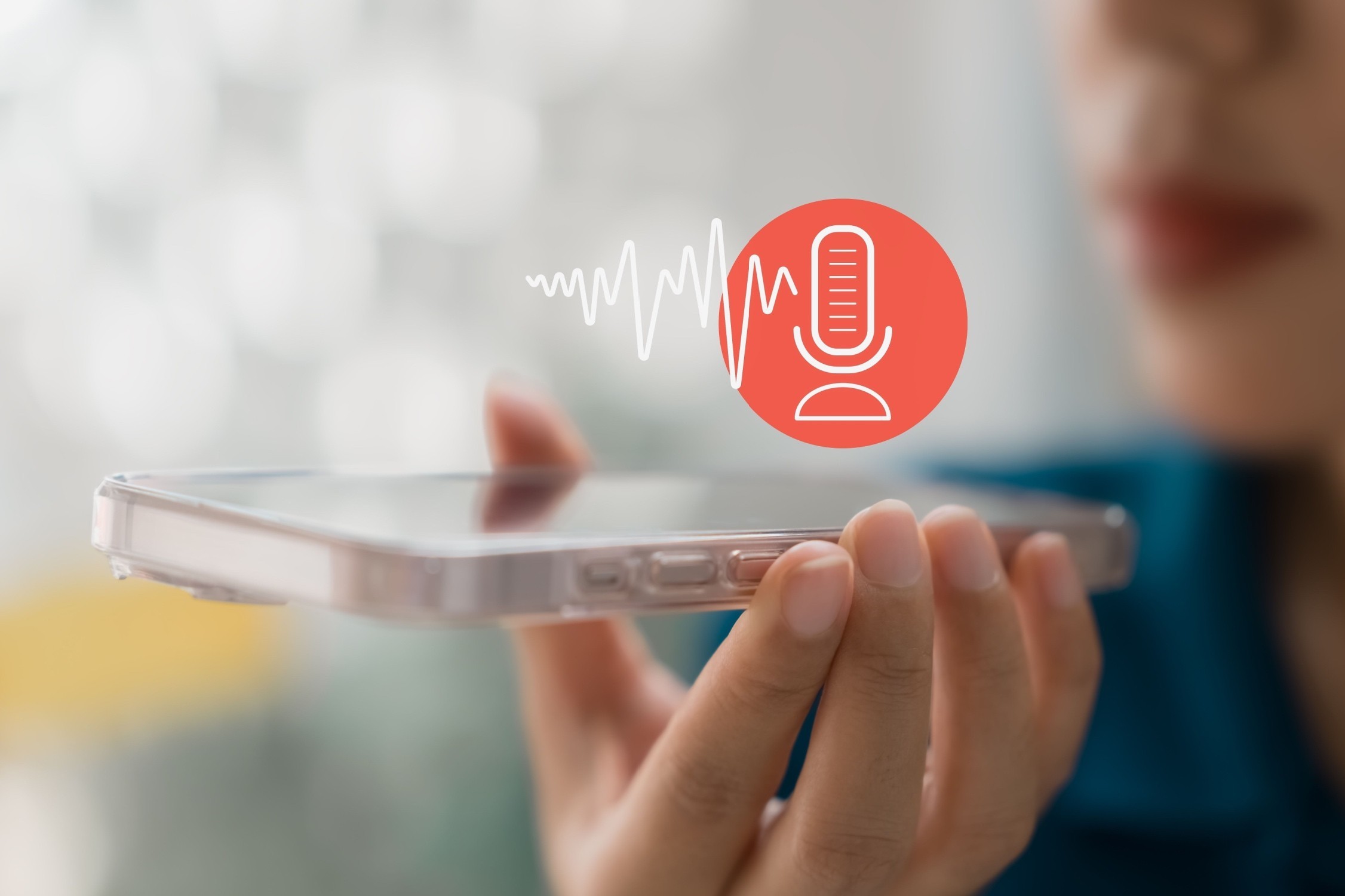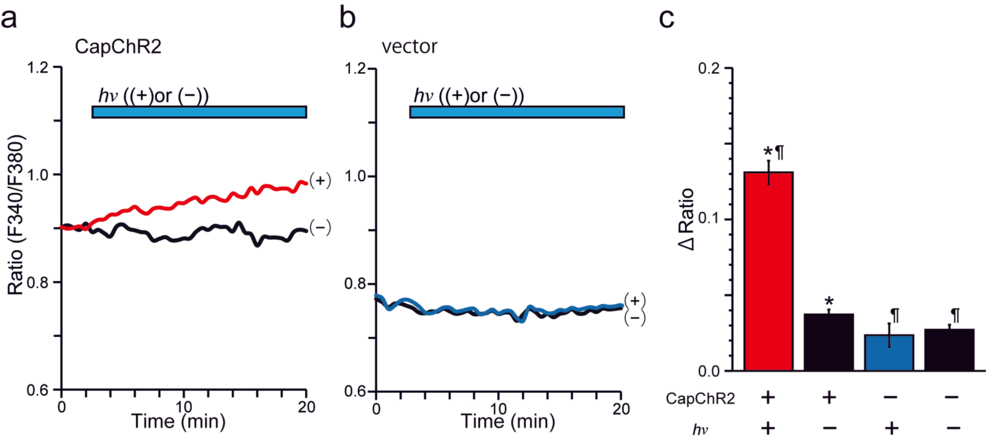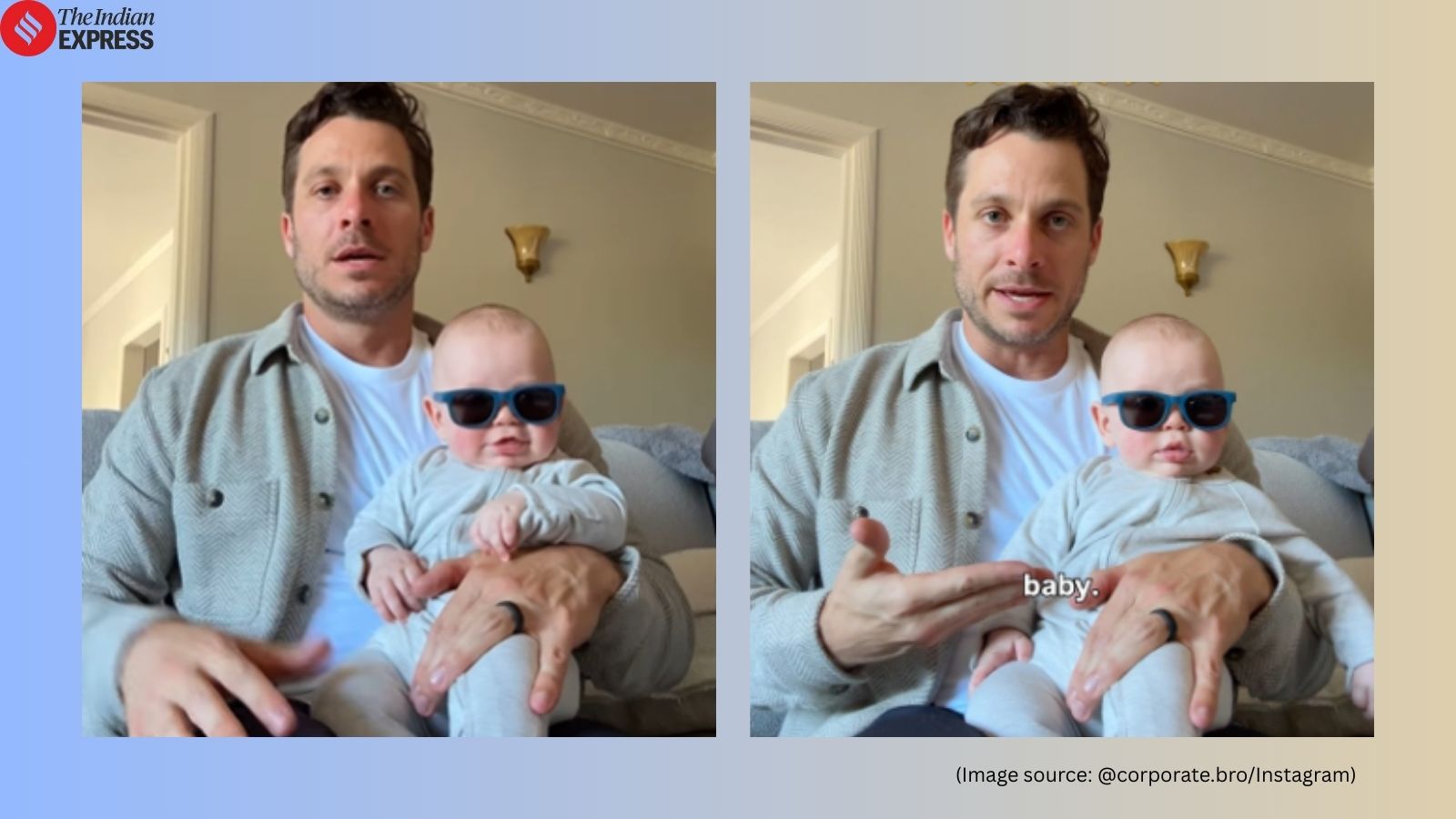Are Your Phone Calls Secret? A Shocking New Way to Eavesdrop Revealed!

Imagine having a conversation on your smartphone, thinking your words are safe, only to find out that tiny vibrations could expose your secrets. This unsettling reality is becoming more plausible than ever thanks to groundbreaking research that dives into the fragility of our privacy in the digital age.
Rising Threat of Wireless Surveillance
In a world where convenience is king, the risk of surveillance looms larger than ever. Researchers at Penn State have unveiled a disturbing new form of eavesdropping known as “wireless-tapping.” By detecting subtle vibrations emitted by a phone's earpiece, they have discovered it's possible to transcribe conversations, raising serious questions about the security of our phone calls.
Using radar measurements taken from a distance of up to three meters, the team achieved an impressive transcription accuracy of about 60% while analyzing a vocabulary of 10,000 words. Though the technology still requires improvement, its implications for personal privacy are alarming. This study builds on earlier work from 2022, where similar techniques allowed researchers to identify specific words and numbers with up to 83% accuracy.
Tapping into Vibrations
The lead researcher, Suryoday Basak, a doctoral candidate in computer science at Pennsylvania State University, explains that we often overlook the vibrations that emanate from our phones during calls. “When we talk on a cellphone, we tend to ignore the vibrations that come through the earpiece, causing the whole phone to vibrate,” he noted. “By capturing these vibrations using remote radars and leveraging machine learning, we can reveal entire conversations.”
The research team employed a millimeter-wave radar sensor, similar to those utilized in self-driving cars and 5G networks, to delve deeper into the potential misuse of technology. They recognize the importance of public awareness about the risks associated with these advancements.
AI and Radar: The Perfect Match
In a fascinating twist, the researchers adapted “Whisper,” an open-source AI speech recognition model, to process the radar data they collected. “Over the last three years, there’s been a huge explosion in AI capabilities and open-source speech recognition models,” Basak remarked. While these models generally cater to clear speech, the team had to fine-tune them to interpret the often ‘noisy’ radar data they were dealing with.
Instead of retraining the entire model, they employed a method known as low-rank adaptation, adjusting just about one percent of the model’s parameters to enhance the radar-specific data processing. This innovative approach allowed them to make substantial improvements without taxing their computing resources.
Transforming Vibrations into Words
To verify their groundbreaking techniques, the team placed a millimeter-wave radar sensor a few feet away from a smartphone while audio played through its earpiece. The radar picked up surface vibrations, allowing the AI system to convert these signals into text with around 60% accuracy. This accuracy further improved with context-based manual corrections, such as using prior knowledge of the conversation to adjust predicted phrases.
“The result was a marked improvement from our 2022 version, which only captured a few key words,” noted Professor Mahanth Gowda. Even partial matches of speech, such as keywords, could offer valuable insights in a security context.
Making Comparisons to Lip Reading
The researchers likened their findings to the art of lip reading, where individuals can interpret a portion of spoken words. “Just as lip readers utilize limited information to glean conversations, our model, combined with contextual information, allows us to infer parts of a phone conversation from several meters away,” Basak explained.
Ultimately, the aim of their research was to explore the potential misuse of these tools by malicious individuals wishing to eavesdrop on private conversations. Their findings underscore the technical feasibility of this risk and serve as a call to action for public awareness regarding sensitive discussions.
This research has garnered support from the U.S. National Science Foundation and was presented at the Proceedings of WiSec 2025: the 18th ACM Conference on Security and Privacy in Wireless and Mobile Networks.



























